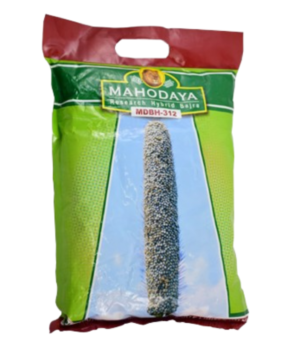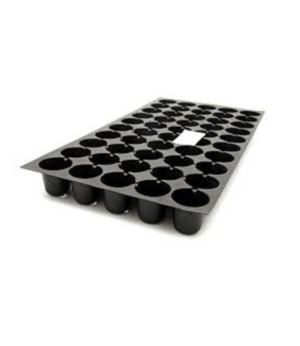US Numeric Size
Waist
US Denim Size
Hip
Chest


10 in stock
Flash Sale end in:

10 in stock
8 in stock
9 in stock
We want you to be happy with your purchase and we apologize if it is not. For whatever reason that you are not satisfied, we would be most happy to provide exchanges and returns for all items purchased from us if the following conditions are met.
All exchanges and returns would need to be raised within 10 days of the invoice date for Singaporeorders, and 20 days for overseas orders. For local deliveries, there is an option to exchange at any of our boutiques within Singaporeor through our online portal at www.company.com. All requests for returns however, would need to be strictly made online at www.company.com for both local and overseas deliveries.
All exchanges and returns would need to be raised within 10 days of the invoice date for Singaporeorders, and 20 days for overseas orders. For local deliveries, there is an option to exchange at any of our boutiques within Singaporeor through our online portal at www.company.com. All requests for returns however, would need to be strictly made online at www.company.com for both local and overseas deliveries.
Lal Bhaji, also known as Red Spinach or Amaranth, is a nutritious leafy vegetable that is relatively easy to grow .Basic requirements Amaranth will grow best in a well-draining soil in full sunlight. Most species of the plant will thrive in soils with a neutral pH, whereas some are adapted to grow in acidic soil. The plants are drought and heat resistant but will not tolerate frost. Propagation Amaranths are propagated from seed and can be started indoors for transplanting or direct seeded. Transplants can be started approximately 6 to 8 weeks before the forecasted last frost but seeds should not be sown outdoors until all danger of frost has passed. Seeds should be sown to a depth of 1–2 cm (0.4–0.8 in) in rows spaced 50 cm (20 in) apart. The plants should be thinned to a final within row spacing of 20 cm (8 in).
1. Select a Suitable Location: Choose a sunny spot in your garden or on your balcony that receives at least 6-8 hours of direct sunlight per day. Lal Bhaji thrives in well-draining soil.
2. Prepare the Soil: Lal Bhaji prefers rich, loamy soil with good drainage. You can improve soil quality by adding compost or well-rotted manure to it. The soil should have a slightly acidic to neutral pH (around 6.0-7.0).
3. Sow the Seeds:
4. Watering:
5. Thinning:
6. Fertilizing:
7. Mulching:
8. Pest and Disease Control:
9. Harvesting:
10. Saving Seeds (Optional): – If you want to save seeds for future planting, let some plants bolt (produce flowers and go to seed). Collect the seeds when the seed heads have dried and turned brown.
What is Lal Bhaji (Amaranth)?
Lal Bhaji, or red amaranth, is a leafy vegetable known for its red-colored leaves and nutritious properties.
When should you plant Lal Bhaji (Amaranth) seeds?
Plant seeds in early spring or late summer for optimal growth.
How deep should Lal Bhaji (Amaranth) seeds be planted?
Sow seeds about 1/4 to 1/2 inch deep in well-draining soil.
How long do Lal Bhaji (Amaranth) seeds take to germinate?
Germination typically occurs within 7-14 days.
What are ideal growing conditions for Lal Bhaji (Amaranth)?
Lal Bhaji thrives in full sun to partial shade and requires regular watering and well-draining soil.

You can ask anything you want to know about our products
onlinestore@shetiudyog.com


Reviews
There are no reviews yet